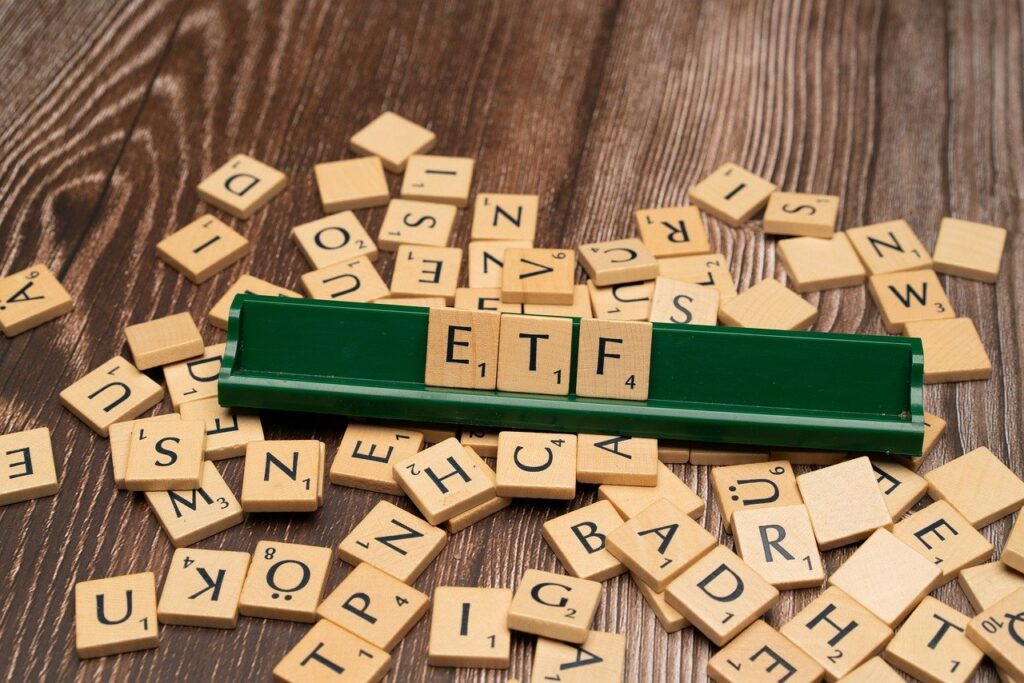ETFs show signs of stress with high trading!
ETFs have been one of the most popular investment vehicles in the world over the past decade or so, with investors of all kinds attracted to the low fees and high trading, but diverse holdings, which fall somewhere between mutual funds and stocks in terms of how easy they are to manage in a portfolio. One of the ETF’s biggest strengths, however, that you can trade it all day like a stock instead of just at the end of the day like mutual funds, comes with a bit of an Achilles heel, as many investors found during the extremely volatile trading in August. With funds, the value of your shares is only calculated at the end of the day, when the portfolio manager re-evaluates all the shares based on the underlying holdings. This is a fairly simple procedure (taking the end-of-day values of all fund holdings), but it means that the fund’s shares cannot be traded throughout the day, as individual investors do not know exactly what their shares are worth until this calculation takes place. With an ETF, the value of the underlying assets changes during the day, but because the fund is not actively managed (meaning what your shares actually represent) does not change during the day, you can know the value of its underlying assets at any time. ETFs however, have their own bids and asks based on the supply and demand of the ETF shares as well; this means that during a ‘panic sale’, the shares of the ETF can fall much faster than its underlying assets. This was particularly the case with a Blackrock ETF called iShares Select Dividend ETF (DVY), which fell by over 30% during a very short panic, while its underlying assets only fell by around 3%. While this provides an opportunity for arbitrage, it also means that investors who buy an ETF to take advantage of its holdings may suffer some very large shocks that are not part of what they originally thought they were buying; if you held DVY during the time it crashed and had a stop order in place, you would have sold out of your position at a huge loss, when the underlying assets that you thought your value was based on really didn’t drop very much. Investors are watching how ETF companies deal with this kind of issue, if this is not addressed it could be a huge risk that investors don’t particularly want to take!
About the Vikingen
With Vikingen’s signals, you have a good chance of finding the winners and selling in time. There are many securities. With Vikingen’s autopilots or tables, you can sort out the most interesting ETFs, stocks, options, warrants, funds, and so on. Vikingen is one of Sweden’s oldest equity research programs.
Click here to see what Vikingen offers: Detailed comparison – Stock market program for those who want to get even richer (vikingen.se)













